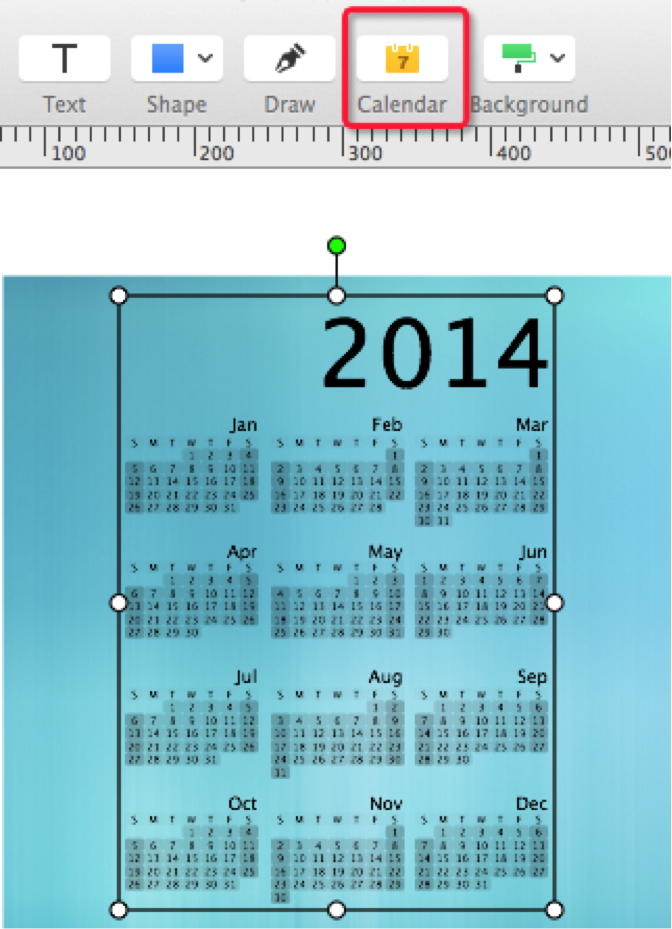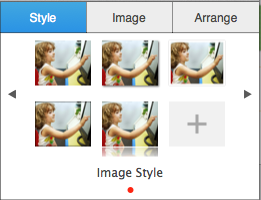
- Publisher plus for mac set transparent color full#
- Publisher plus for mac set transparent color code#
- Publisher plus for mac set transparent color plus#
- Publisher plus for mac set transparent color series#
Though some of the pictures we captured came out quite stunning, we found some shortcomings in the camera too. We took the phone out for a day to shoot the cultural and historical city of Lahore to find out its camera prowess.

Publisher plus for mac set transparent color plus#
So with all the huge specs and the sparkling show-offs, is the camera on the Galaxy S10 Plus really worthy of such an expensive flagship? On the front, you get a dual pixel 10MP primary snapper with an 8MP depth-sensing lens. The rear setup shows off a 12MP wide-angle as the primary lens with a variable aperture of f/1.5-2.4, a 12MP Telephoto lens with f/2.4 aperture 16MP ultra-wide-angle lens with f/2.2 aperture, horizontally aligned just like we saw previously on the Galaxy Note 9. The big brother flashes a triple camera set up on the back during a dual punch hole camera on the front. The Galaxy S10 Plus features the same rear shooter as we saw in its sibling, Galaxy S10, while the front cameras are a bit different in both of them. Even then, the phone performed quite great. We all know that no matter how expensive a phone is, it can’t be perfect, and that’s precisely the case with Samsung Galaxy S10 Plus. Paired with the chipset is the RAM of 8GB, along with either the 128GB or the 512GB internal storage. It packs an Exynos 9820 or a Snapdragon 855, depending upon which part of the world you live.

The device’s performance is also not short of anything stellar, as we earlier told you in our initial review of the Galaxy S10 Plus. The infinity-O display, combined with the bezel-less screen, gives you a class-leading screen-to-body ratio.

The company has equipped its latest flagship with some of the most amazing hardware we have ever seen on a smartphone. Now we are saying “Red values go from 0 to 100, green from 0 to 500, blue from 0 to 10, and alpha from 0 to 255.”įinally, while you will likely only need RGB color for all of your programming needs, you can also specify colors in the HSB (hue, saturation, and brightness) mode.Samsung Galaxy S10 Plus is the 10th-anniversary gadget from the South Korean smartphone giant. The range of RGB values will be from 0 to 100.”Īlthough it is rarely convenient to do so, you can also have different ranges for each color component: colorMode(RGB,100,500,10,255) The above function says: “OK, we want to think about color in terms of red, green, and blue. You can do this by specifying a custom colorMode(). For example, you might prefer to think of color as ranging from 0 to 100 (like a percentage). However, Processing will let us think about color any way we like, and translate our values into numbers the computer understands.
Publisher plus for mac set transparent color series#
Behind the scenes in the computer's memory, color is always talked about as a series of 24 bits (or 32 in the case of colors with an alpha). RGB color with ranges of 0 to 255 is not the only way you can handle color in Processing. No fourth argument means 100% opacity.
Publisher plus for mac set transparent color code#
In addition, if we draw two shapes, Processing will always use the most recently specified stroke and fill, reading the code from top to bottom. Also, remember not to eliminate both-with noStroke() and noFill(), nothing will appear! Our instinct might be to say “ stroke(0)” for no outline, however, it is important to remember that 0 is not “nothing”, but rather denotes the color black. Stroke or fill can be eliminated with the functions: noStroke() and noFill(). Stroke(0) // Setting the outline (stroke) to blackįill(150) // Setting the interior of a shape (fill) to grey size(200, 200) īackground(255) // Setting the background to white There is also the function background(), which sets a background color for the window.
Publisher plus for mac set transparent color full#
We will use eight bit color for our grayscale range and 24 bit for full color (eight bits for each of the red, green, and blue color components).īy adding the stroke() and fill() functions before something is drawn, we can set the color of any given shape. Imagine if we had eight bits (one byte) in sequence-how many ways can we configure these switches? The answer is (and doing a little research into binary numbers will prove this point) 256 possibilities, or a range of numbers between 0 and 255. This memory is just a long sequence of 0's and 1's (a whole bunch of on or off switches.) Each one of these switches is a bit, eight of them together is a byte. Color for a given shape needs to be stored in the computer's memory.


 0 kommentar(er)
0 kommentar(er)
